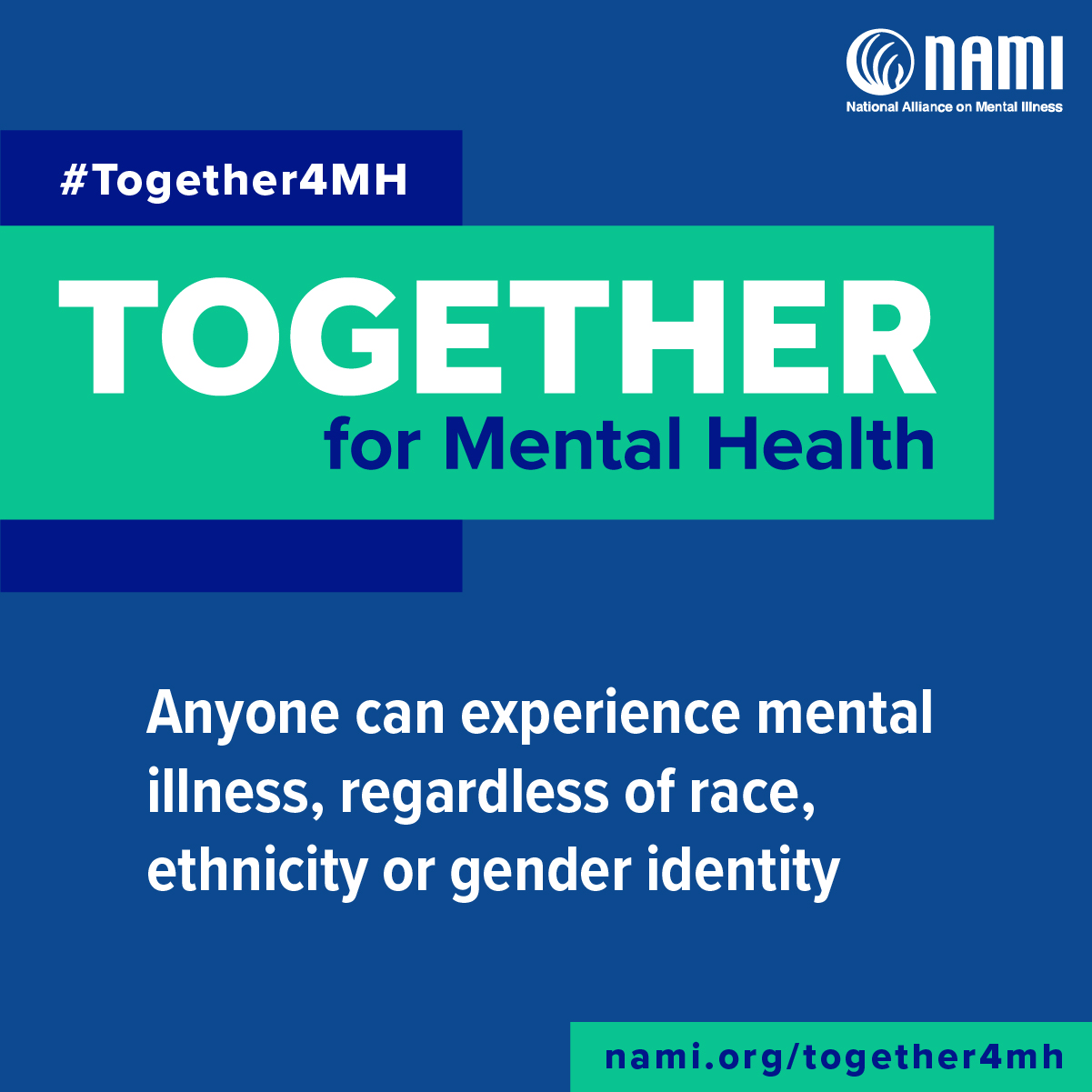Employee Engagement Mental Health Strategies, Tools, and Activities
Make Mental Health a Workplace Priority, Decrease Absenteeism, Improve Productivity
 May is Mental Health Awareness Month and this year’s theme is “Together for Mental Health.” By advocating for mental health, providing meaningful resources and training, and giving employees access to care, your workplace can be a place that supports employees, helping them live healthy, fulfilling lives.
May is Mental Health Awareness Month and this year’s theme is “Together for Mental Health.” By advocating for mental health, providing meaningful resources and training, and giving employees access to care, your workplace can be a place that supports employees, helping them live healthy, fulfilling lives.
According to the CDC, 1 in 5 adults are dealing with mental illness. And over 70% of adults report symptoms of stress, including fatigue, headaches, and feeling anxious.
Mental health has a direct effect on an organization’s bottom line. Stress affects productivity, engagement, communication, and a person’s physical capability of doing their job. Likewise, depression and other mental health illnesses are causes of higher rates of disability and unemployment.
Mental health must be a priority at work. Destigmatize mental illness, create meaningful mental health strategies, and increase employee engagement with these 7 tips.
1. Offer workshops and meaningful training. Provide spaces for employees to learn about signs of depression, anxiety, and other mental illnesses. In these sessions, teach them about ways to manage stress and reduce anxiety to improve focus.
2. Talk about it. Print out brochures, pamphlets, posters. Provide information about mental health resources in HR, the board room, on your organization’s website. Normalize the discussion of mental health with organization leaders sharing stories during meetings, videos and more. Create a safe workplace culture that de-stigmatizes mental illness and mental health problems.
3. Make the kitchen a mental health haven. Mental health has a direct tie to what we eat. To get scientific, the gut-brain axis (GBA) is a bidirectional communication network between the enteric and central nervous system. Having a healthy gut biome directly affects mental health. Snacks matter. Ditch the junk food and fill your staff kitchen with mood-boosting snacks: yogurt, fruits, nuts, cut-up vegetables, coffee, green tea, and cheeses. Bring in a corporate nutritionist to audit the cafeteria.
4. Get creative. Turn the staff room into a lunchtime yoga room, after-work rumba room. Bring in a manicurist once a week. Consider hiring a concierge service for peak seasons – to run bank errands, go to the post office etc. There are so many low-cost benefits your workplace can provide.
5. Build workplace connections. Celebrate birthdays, anniversaries, baby showers and more. Keep things human. Start a weekend hiking club for staff and families. Take the time to learn one or two things about every employee – even if they aren’t in your department. Relationships matter. Community matters.
6. Honor people’s lives. We have said this before, but we will say it again … and again … and again. Every organization needs to find that work-life balance. And they’re not doing a particularly good job of it, especially after the pandemic. Because everything became virtual, office hours extended way into the night. Stop. Set a company communication policy (and follow it!). Establish, and communicate, personal boundaries.
7. Create a healthy organization culture. Psychological safety at work is a key piece of mental health. Get rid of toxic managers and employees. Define, and communicate, your organization’s values, mission, and vision. Provide opportunities for growth, education, and spaces for meaningful feedback and communication. Sick days can include burnout days -- mental health recuperation days. (It doesn’t always have to be the flu!)
Mental health illness, including depression and anxiety, affect millions of people every year. Yet, it continues to be stigmatized by the media, at work, in education, and almost all facets of life. By creating a workplace that makes mental health a priority, giving employees tools and resources to access care and manage mental health, you are creating a place where people can grow and thrive. Be part of the solution in #Together4MentalHealth.
